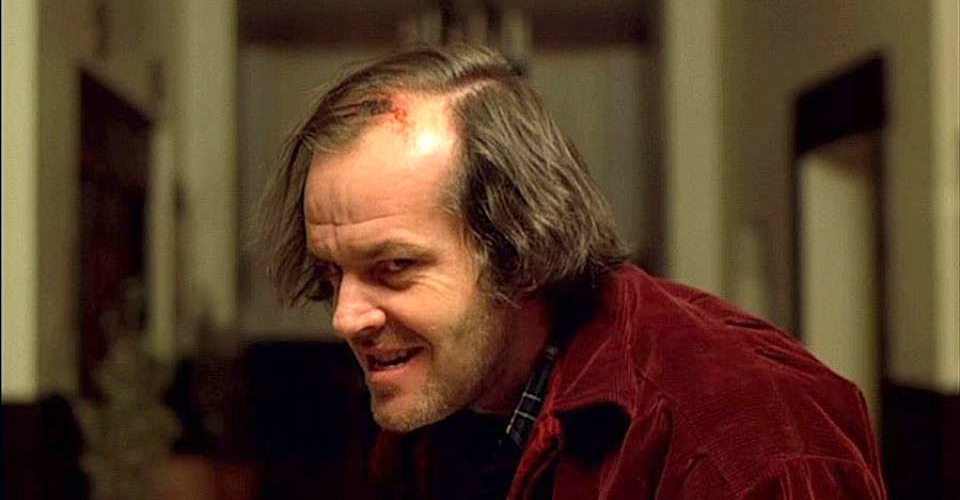
Such is the magic of cinema that sometimes a filmmaker is presented with the perfect opportunity to pay respect to the films that have been an influence on him or her. The best tributes or homages are the ones you don’t have to force to be able to execute. They naturally open themselves up at the right time of the story, ready to be utilized.
Unlike parodying or spoofing, homages don’t necessarily have to be humorous to work. They look up to their muse instead of down. And while there’s a thin line between the ripping off something and paying it tribute, cinema has always existed by looking back to move forward.
It’s been said that everyone steals, but the real talent comes from concealing it well enough to where it’s unnoticeable. However, that’s easier said than done. Even the most influential filmmakers of all time pay tribute to the greats who came before, and on the cycle goes.
With that in mind, we look at some of our favorite homages in cinema that took classic scenes and turned them into classic scenes themselves.
10. (500) Days of Summer with The Seventh Seal
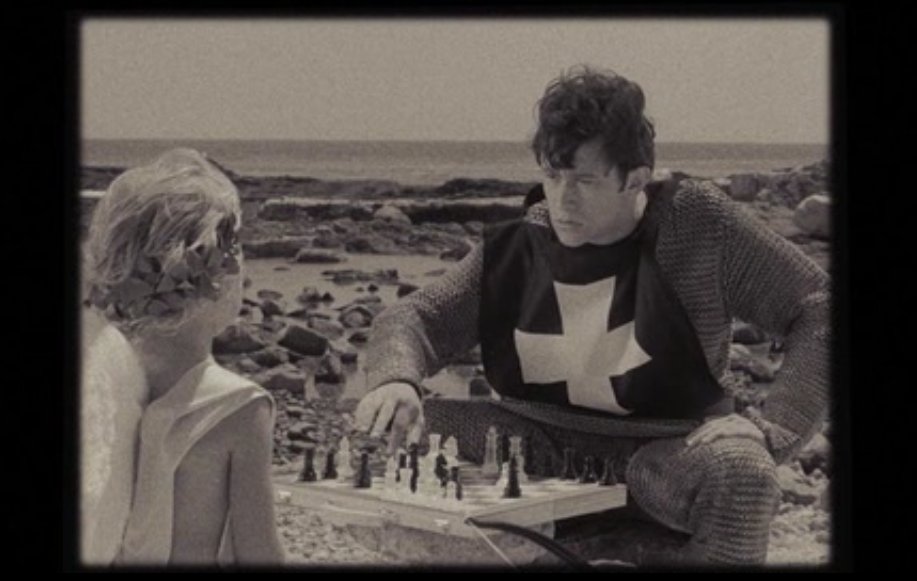
It’s only natural that a film that looks at how little control we sometimes have over our love lives would pay homage to a film about how little control we sometimes have over our mortality. Love and Death have always been personified as figures you can’t bargain with or get one over, even in a game of chess.
“The Seventh Seal” has the iconic scene where Max von Sydow’s knight challenges Death to a chess match to prolong what little life he has left. It’s a scene that’s been parodied and paid homage to so many times that the last place you’d expect to see it is in a romantic comedy.
“(500) Days of Summer” sees Joseph Gordon-Levitt’s Tom in a similar situation, but with Cupid instead. Tom is heartbroken that Summer, the titular girl of his dreams, has ended their relationship. He’s then shown playing a game of chess in a similar scene with Cupid. But here, Cupid is a young girl with a filthy mouth.
9. From Russia with Love with North by Northwest
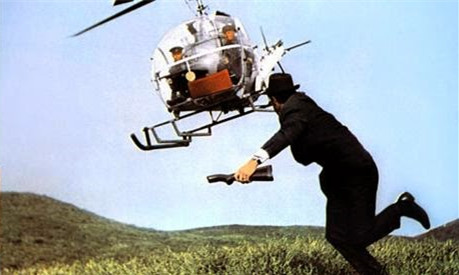
Aside from being spoofed and paid tribute to over the decades, James Bond has also paid tribute to a number of films and arguably spoofed a few others during the franchise’s more questionable years. But the series owes much gratitude to Hitchcock’s “North by Northwest.” While Bond was already a well-known figure in the books of Ian Fleming by the time Hitchcock’s picture was released, the secret agent had yet to make the transition to the big screen.
“From Russia With Love” is referred to as the first James Bond film because of its cars, beautiful women, multiple locations, and a protagonist who cracks wise whenever the opportunity presents itself. A case of mistaken identity in “North by Northwest” sends Cary Grant on the run through the country from spies. At one point, he is chased by a low-flying crop duster.
“From Russia with Love” saw Sean Connery return to play Bond after a successful start in “Dr. No.” With a bigger budget and more emphasis on action than its predecessor, the film has a similar scene, except here Bond is chased by a low-flying helicopter.
8. Rango with Fear and Loathing in Las Vegas and Chinatown
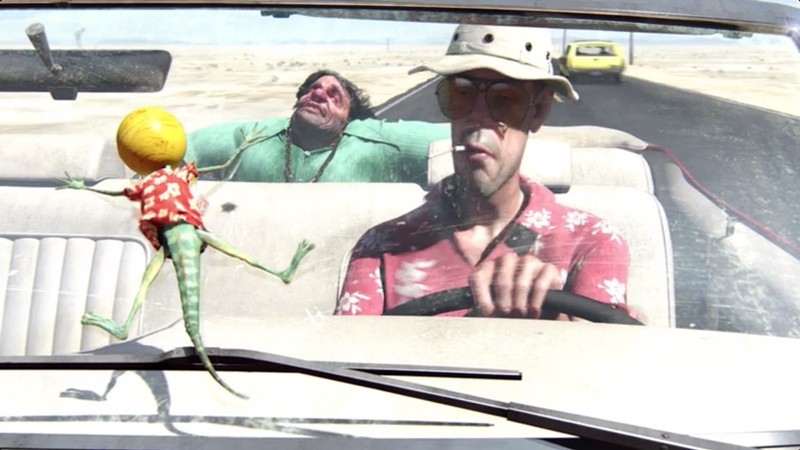
Gore Verbinski’s animated western odyssey with Johnny Depp is filled with references and tributes to classic films. From “Once Upon a Time in the West,” “The Wild Bunch,” “El Topo” and many others, “Rango” feels like it was written solely to pay tribute.
The film is about a chameleon named Rango who’s suffering from identity crises and goes on to recreate himself as the sheriff of a frontier town called Dirt. But before that, Rango is tossed around a desert road and lands on the front windscreen of a car driven by what looks like the Hunter S. Thompson, who wrote the novel “Fear and Loathing in Las Vegas” that was adapted into a film that coincidentally stared Depp. He then shouts out, “There’s another one,” referring to that trippy scene when he drops acid and hallucinates a bunch of lizards having an orgy.
From then on, the plot mirrors that of “Chinatown” as a water crisis comes into play and the town’s mayor is a sleazy Tortoise voiced by Ned Beatty, who’s quite similar to John Huston’s turn as Noah Cross. While the film may be for kids, the references are definitely not.
7. Requiem for a Dream with Perfect Blue
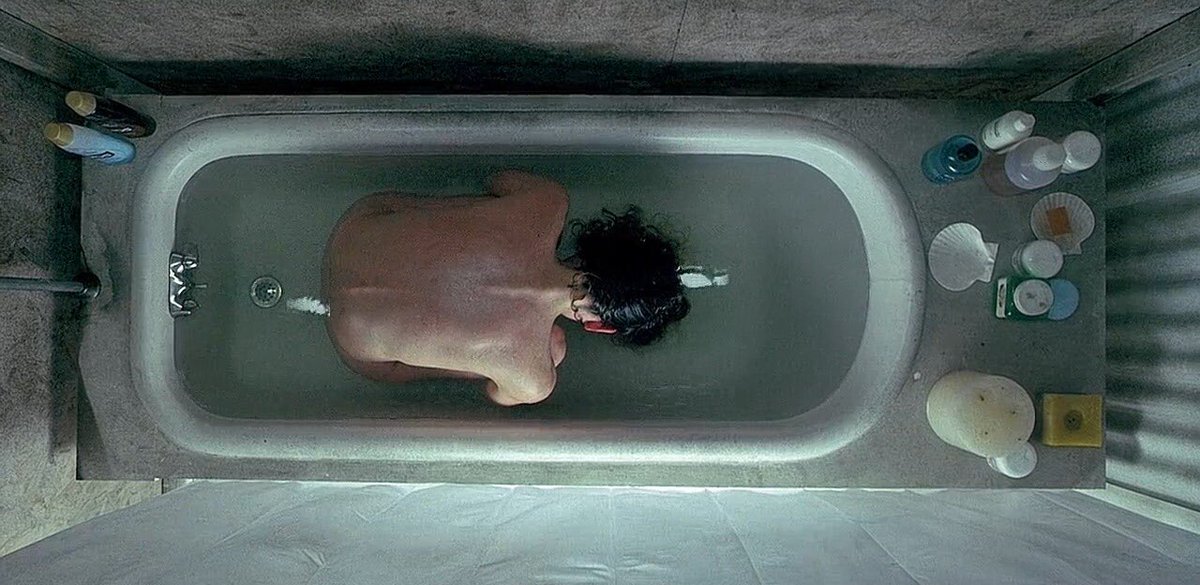
Satoshi Kon’s “Perfect Blue” has had a recurring influence on the work of Darren Aronofsky, particularly in “Requiem for a Dream” and “Black Swan.” Word around the campfire is that Aronofsky bought the rights to “Perfect Blue” with hopes to helm a live-action remake. While that didn’t come to fruition, he did get the chance to recreate a certain scene.
In “Perfect Blue,” the life of a pop star is turned upside down when she tries her hand at being an actress. Her grasp on reality and her sanity starts deteriorating, which is captured beautifully in a number of amazing shots/sequences. The most popular being the bathtub scene, where a distraught Mima sits in the bath with her face buried in the water.
“Requiem for a Dream” recreates the same exact scene, shot for shot, and brings it to the real world. Jennifer Connelly’s Marion does exactly the same thing in one of her lowest moments. She’s a heroin addict whose addiction has taken her to some pretty dark places. But whereas Mima’s vulnerability seems to be tinged with anger, Marion’s vulnerability leans more toward frustration.
6. Boogie Nights with Goodfellas
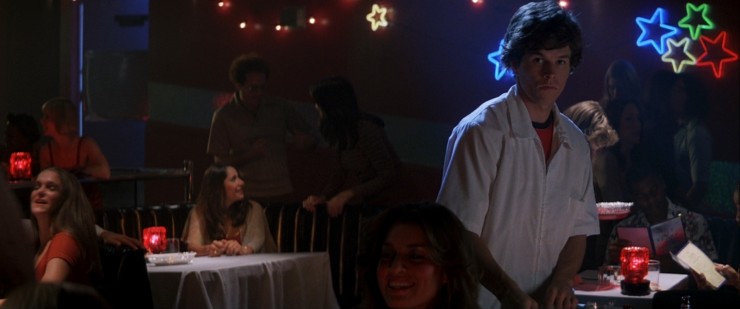
There are many tributes in Paul Thomas Anderson’s “Boogie Nights” to Martin Scorsese’s “Goodfellas.” Both films look at the rise and fall of a protagonist in an industry that’s frowned upon (and downright illegal in “Goodfellas”), and both films move along at a quick pace that goes in and out of the characters’ lives over the years. Characters who seem to learn nothing at the end of it all.
Scorsese has always been a master of showing off without making it seem like he’s showing off, and he does so expertly in the tracking shots of “Goodfellas.” In one tracking shot, we follow the point of view of Henry as he’s introduced to one character after the other, all of whom will eventually play a role in things to come.
The other more famous tracking shot follows Henry and Karen on their date through the back door of the Copacabana. Henry shows off how important he is to Karen as he greets and tips everyone on their way to the best seats in the house.
“Boogie Nights” opens with a tracking shot that combines both purposes of those two shots from “Goodfellas” into one. First, we’re introduced to all the core characters of the film as they go about their business in the nightclub. Second, we’re introduced to Dirk Diggler last, who before being acquainted with the rest of the characters is working as a busboy in the same nightclub and is far from important. But that all soon changes, of course.